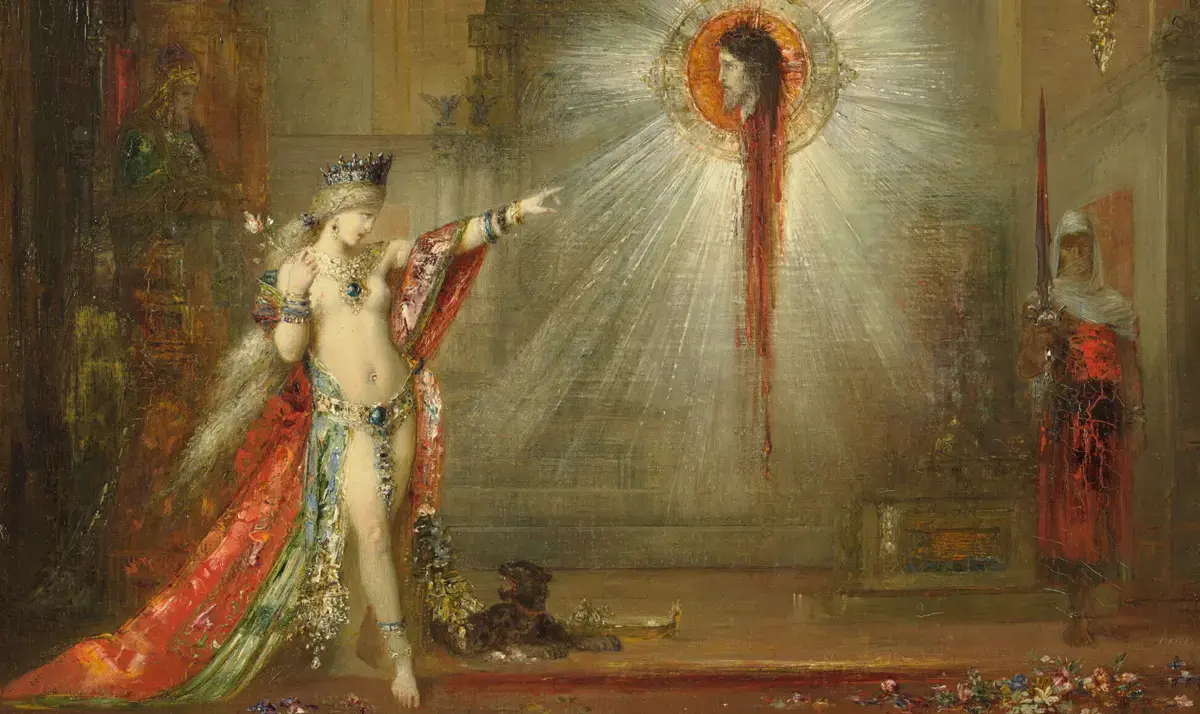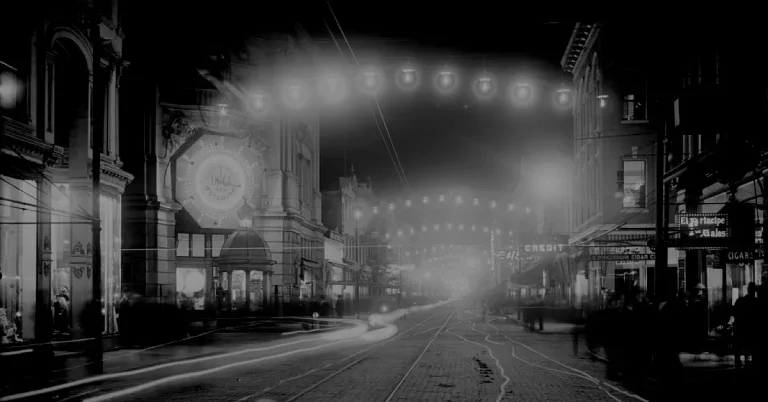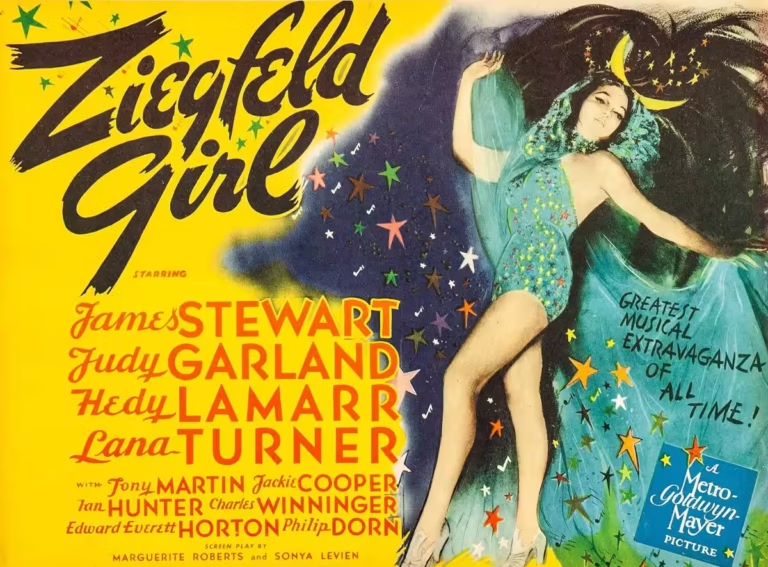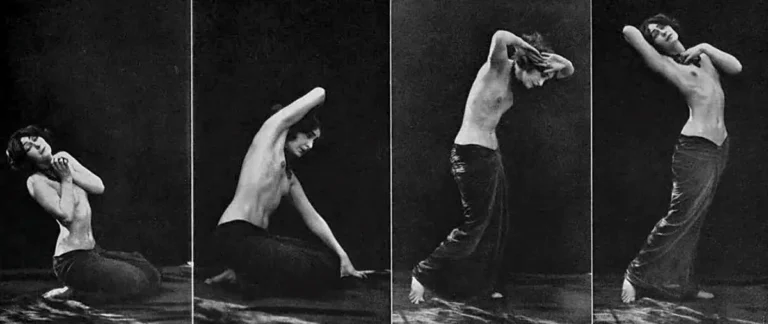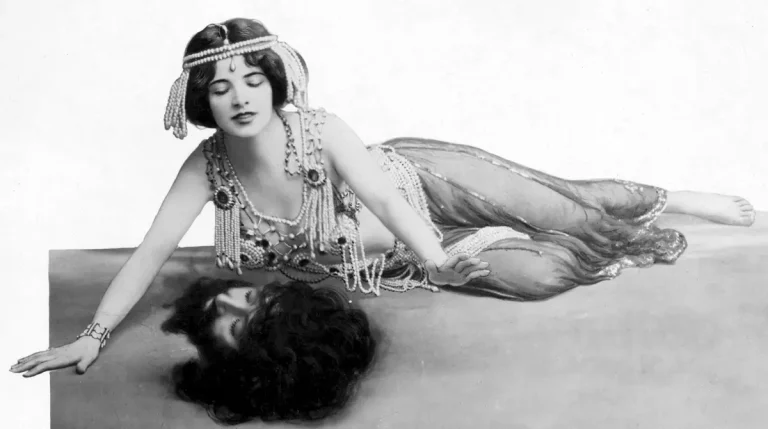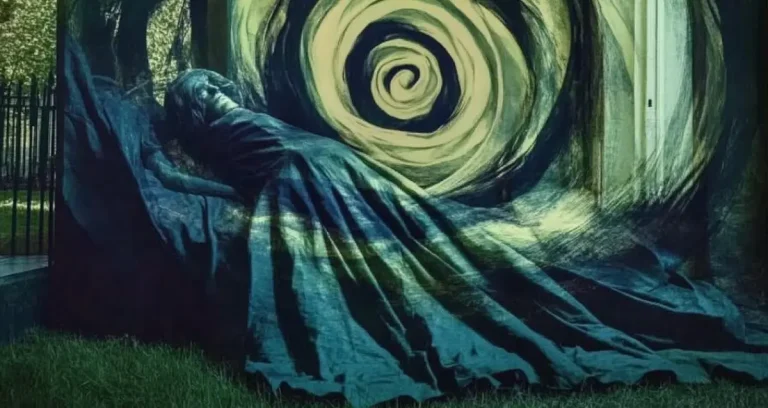Salome Painting: From Mother’s Helper to Dangerous Seductress
Salome painting over the centuries usually depicted her as the cold instrument of her mother’s murderous intent. The head of John the Baptist, detailed with bloody grotesqueness on a silver platter, is the usual focus. All that changed during the 19th century.
Orientalism and Salome Painting
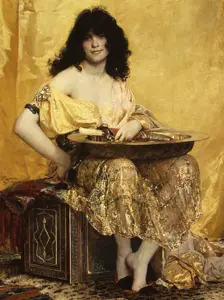
During the middle years of the 1800s, a group of European artists developed an interest in what was then known as the Orient (North Africa, the Middle East, Turkey, India, and other nations of East Asia). Fictionalized notions of harem concubines as sexual objects were especially inspiring. The artists of this so-called Orientalist school (men, almost exclusively) churned out paintings featuring exotic women in foreign settings, nude or nearly so, and seemingly comfortable with sex.
Artists strove to evoke powerful emotions by exploring the thrill—and danger—of unconventional sexual themes. Women were frequently represented as carnal provocateurs, drawing men into exciting but perilous entanglements.
This was the perfect time for a Salome painting makeover. In 1870, Henri Regnault unveiled his painting Salomé, showing a bold, sensual princess of the Orient with wild hair and disheveled clothing. She exudes a sexual lethality, holding a knife and platter at the ready to claim her reward.
The Spectacle of Gustave Moreau’s Salome
Around the same time, Gustave Moreau became obsessed with Salome and painted many pictures of her as a mysterious femme fatale fixated on John’s disembodied head (for example, see the image at the top of the page). Moreau’s paintings caused a sensation. His Salome, according to the contemporary novel À Rebours by Joris-Karl Huysmans, was:
The goddess of immortal Hysteria . . . A true harlot, obedient to her passionate and cruel female temperament; here she came to life, more refined yet more savage, more hateful yet more exquisite than before; here she roused the sleeping senses of the male more powerfully, subjugated his will more surely with her charms—the charms of a great venereal flower, grown in a bed of sacrilege, reared in a hothouse of impiety.
Other artists took up the subject, typically displaying Salome as a nubile but menacing temptress with complete confidence in her sexual power. Leon Herbo painted her topless, brazenly staring back at the viewer.
Beardsley Creates a Salome of Erotic Horror and Decadent Symbolism
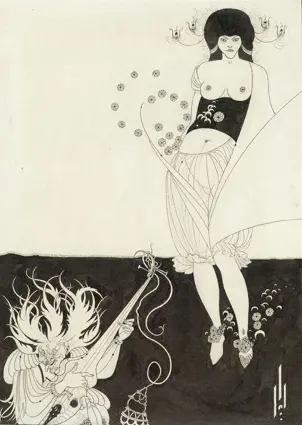
Aubrey Beardsley, in the first English edition of Wilde’s Salome play, drew her as a strange hypnotic creature whose roses and peacock feathers belie her lethality.
A revised look for Salome crystallized. She appeared as a passionate but poisonous beauty, flaunting her nearly naked body with ill intent. She is exotic and mysterious, dressed in opulent jewels and sheer veils, hair kinky and untamed.
This Salome is well outside the bounds of respectable Victorian morality. Painters, perhaps drawing on an enhanced sense of misogyny as well as artistic inspiration, represented her as an “unrestrained female” divorced from reason, a creature of wild emotion and sexual manipulation. She stood well outside the moral codes of Victorian society—a woman driven not by familial duty but by irresistible personal will and sexual potency.
Salome: Monstrous Femme Fatale or Psychologically Disturbed?
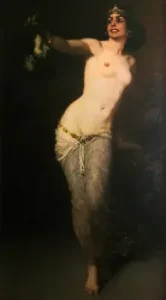
By the early twentieth century, some representations of Salome paintings pushed this vision to its extreme. In works by artists like Gyula Éder and Franz von Stuck, Salome became almost monstrous in her seductive power. She was surrounded by dark, rich textures, often gazing impassively at the head she had demanded, exuding both control and coldness. These portrayals fused sexuality and death into a single charged image: the beautiful woman as destroyer.
Yet not all artists emphasized eroticism. Edvard Munch, for instance, depicted Salome as psychologically disturbed rather than sexually threatening. His Salome is a study in despair and obsession—suggesting that the emotional core of the character was just as important as her physical presence.
Salome in Popular Culture and Advertising
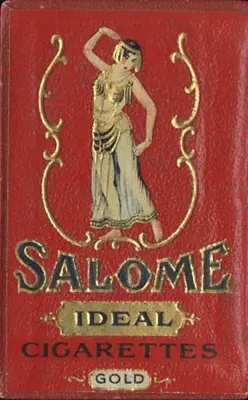 As Salome’s notoriety spread, particularly through the Salomania dance craze, her image moved beyond art galleries into mass media. By the early 1900s, she was being used in advertisements, often to evoke intrigue or moral transgression. One men’s clothing advertisement from the period slyly announced that “Salome has nothing to do with clothing,” inviting associations with sensuality while selling suits.
As Salome’s notoriety spread, particularly through the Salomania dance craze, her image moved beyond art galleries into mass media. By the early 1900s, she was being used in advertisements, often to evoke intrigue or moral transgression. One men’s clothing advertisement from the period slyly announced that “Salome has nothing to do with clothing,” inviting associations with sensuality while selling suits.
Other commercial products adopted her name outright. Perfume and cigarette brands sought to associate themselves with her exotic danger. “Salome Perfumed Cigarettes” were marketed with seductive packaging, and tobacco companies began targeting women, using the Salome figure to appeal to a growing market of consumers who were beginning to defy gender norms.
This was a remarkable cultural shift. Salome—once a biblical figure used to warn against female disobedience—had become a marketing tool for modern liberation, both feared and admired for her refusal to conform.
Conclusion: The Many Faces of Salome
In studio art of the late 19th and early 20th centuries, Salome painting evolved into an icon of dangerous beauty, sexual power, and aesthetic provocation. From Orientalist fantasies to Symbolist nightmares, the Salome painting and drawing reflected both the fears and fascinations of a rapidly changing cultural world.
She had been reborn as a myth for the modern age: at once sacred and profane, alluring and annihilating—a mirror held up to the era’s ambivalence about women, power, and desire.
See more fine art depictions of Salome.
→ Visit the Salome fine art gallery to discover more images
This post is part of a broader exploration of Salomania and Salome’s rise as a cultural icon in the early 20th century.
→ Visit the main Salomania hub page to discover more

